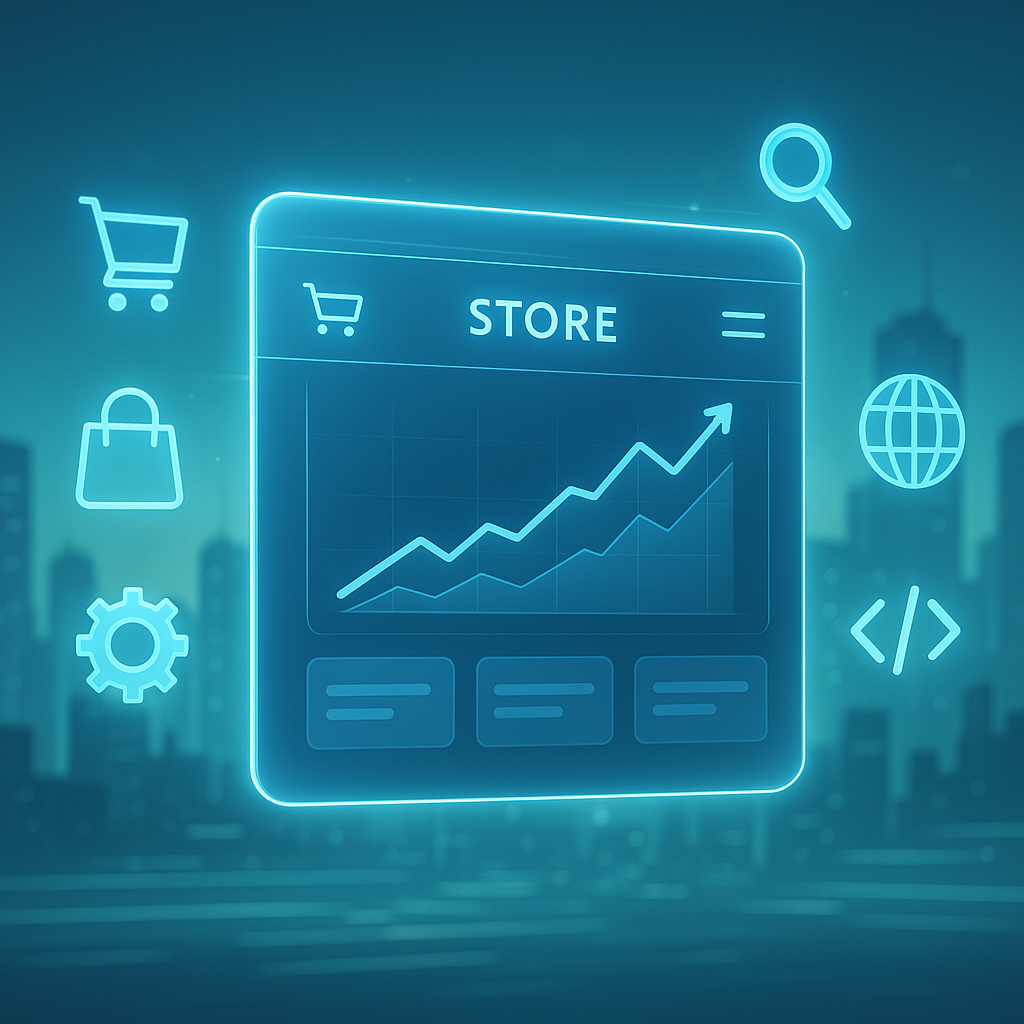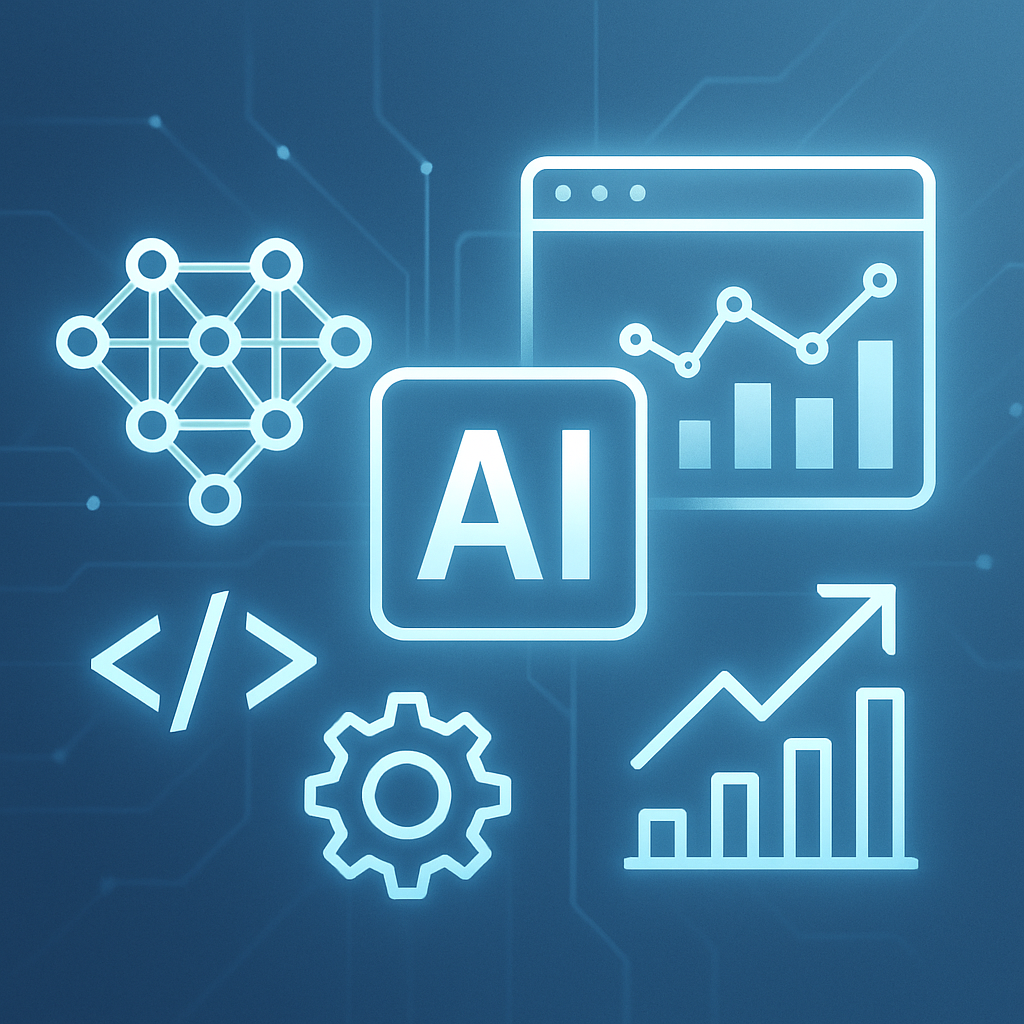
Maximizing Growth: How Integrated E-Commerce Services Revolutionize Success
The New Era of E-Commerce Integration
By 2025, the online retail landscape has evolved beyond isolated system patches to embrace fully integrated e-commerce services. Businesses seeking robust growth are turning to platforms that unify critical functions—inventory management, customer experience, payment processing, analytics, and marketing—into one responsive ecosystem. This integration not only simplifies operations but also turbocharges strategic insights and customer engagement.
Core Components of Integrated E-Commerce Platforms
Unified Inventory and Order Management
Gone are the days when businesses juggled separate tools for stock control and order tracking. Modern e-commerce platforms provide real-time visibility across multiple sales channels, warehouses, and supplier networks. This live synchronization prevents overselling, reduces stockouts, and optimizes logistics, enabling companies to meet customer demand dynamically.
Seamless Payment and Checkout Solutions
Secure and smooth checkout experiences remain paramount. Integrated e-commerce services embed various payment gateways and digital wallets directly into the platform, streamlining transactions and boosting conversion rates. Features like one-click purchases, subscription billing, and fraud detection empower businesses to provide convenience without compromising security.
Advanced Customer Personalization
Leveraging integrated data streams, e-commerce platforms can offer hyper-personalized shopping journeys. By analyzing purchase history, browsing behavior, and preferences, businesses deliver tailored recommendations and targeted promotions that increase average order value and customer loyalty.
Robust Analytics and Reporting
Integrated platforms consolidate data across marketing campaigns, sales performance, and customer interactions into centralized dashboards. This holistic perspective enables businesses to swiftly identify trends, optimize strategies, and forecast growth opportunities with higher precision.
Real-World Success Stories
Omnichannel Expansion with Integrated Services
A premium sustainable fashion brand expanded from e-commerce to physical pop-up experiences seamlessly through an integrated platform that links online inventory with in-store sales. This cohesion increased revenue across channels by 35%, demonstrating the power of unified commerce.
Boosting Efficiency with Workflow Automation
A midsize home goods retailer implemented an integrated e-commerce service combining AI-driven order fulfillment with customer service chatbots. Automation reduced manual errors by 40% and drastically improved customer satisfaction scores.
Why Integration is a Growth Catalyst
Integrated e-commerce services dissolve friction points across the business cycle, enabling faster scaling and adaptability. By consolidating disparate systems, companies reduce overhead costs, accelerate time-to-market, and improve cross-departmental collaboration. Furthermore, scalability becomes more accessible as modular integrated platforms offer customizable options without sacrificing coherence.
Challenges and Considerations
While the promise of integration is undeniable, businesses must thoughtfully address potential challenges such as data migration complexities, change management for staff, and ensuring platform flexibility to maintain competitiveness. Selecting vendors with strong interoperability and continuous support is crucial for long-term success.
The Road Ahead: Integration as the Foundation for Innovation
Looking forward, the fusion of integrated e-commerce platforms with emerging technologies like AI-driven predictive analytics, augmented reality shopping experiences, and blockchain for secure transactions will redefine online retail. Businesses that embrace cohesive ecosystems today position themselves to lead in innovation and customer delight tomorrow.
In summary, integrated e-commerce services and platforms act as catalysts for online business growth by creating streamlined, data-rich, and customer-centric operations. This holistic approach is not just a technological upgrade—it is a strategic imperative in 2025’s fiercely competitive digital economy.







